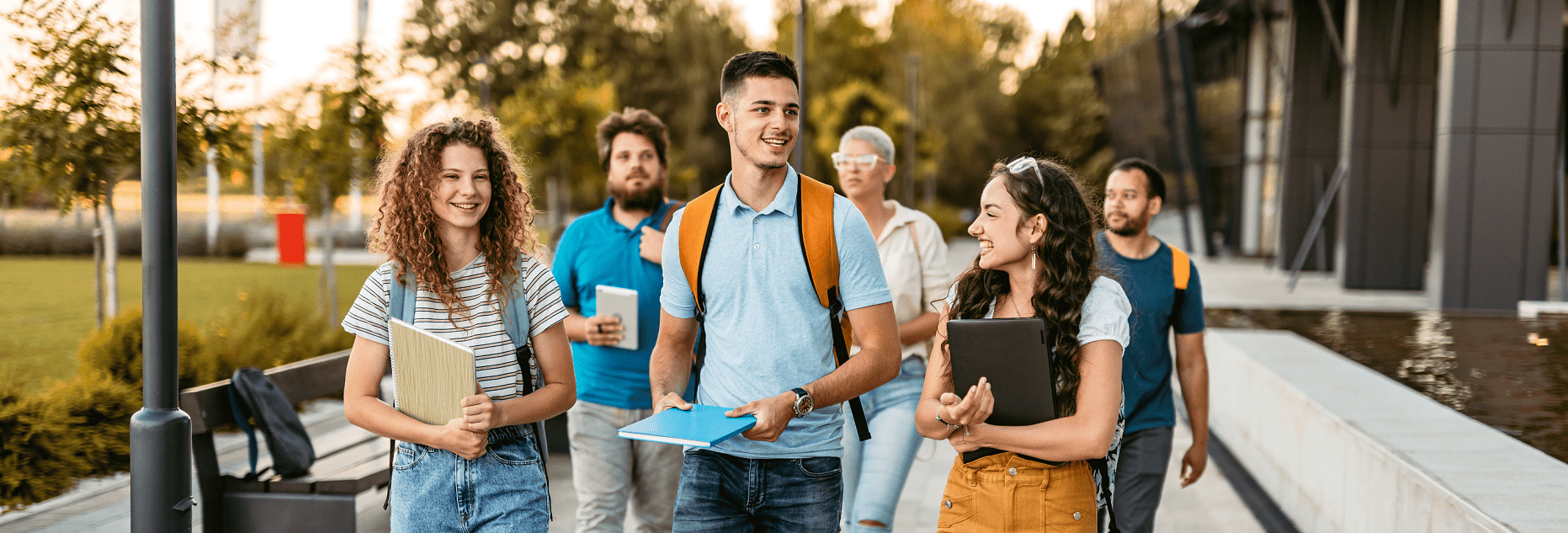How Diabetes Affects Your Feet
Diabetes significantly increases your risk for cardiovascular issues, including reduced blood flow. That’s important because poor circulation leads to less oxygen- and nutrient-rich blood reaching your extremities. It also compromises the microcirculation that protects the skin and soft tissues of your feet.1 That means, if you have a wound on your foot, this reduced blood flow may not be strong enough to deliver the oxygen and nutrients necessary for successful healing.
To make matters worse, diabetes also causes nerve damage—a condition called diabetic neuropathy. And that can result in tingling, pain, and numbness in your feet. If you’re unable to feel your feet, you may not notice when something goes wrong.
The Dangers of Slow Would Healing
Without the proper microcirculation or feeling in the tissues of your feet, even a seemingly inconsequential cut or blister may turn into big trouble. Because diminished blood flow can dramatically hamper your body’s ability to heal, a foot wound that’s slow to heal can easily turn into an ulcer. If you’re not careful, a diabetic foot ulcer can become infected and lead to gangrene. And that can result in amputation—of a toe, a foot, or even a part of your leg to prevent the infection from spreading. Diabetic foot ulcers aren’t just a major cause of lower limb amputations and disability but also death.2
Improve Wound Healing with Aged Garlic Extract
Aged Garlic Extract (AGE), has a long history of heart-healthy clinical results like lowering blood pressure. But several recent studies show that AGE also has the potential to improve microcirculation and facilitate wound healing.
A 2019 study published in the International Wound Journal evaluated AGE’s effects on microvascular blood flow and skin tissue perfusion—two elements key of wound healing. After randomly giving 122 patients either 2,400 mg of AGE or a placebo daily for one year, the researchers noted that the AGE group showed preserved, and even enhanced, skin microcirculation. What’s more, none of the people in the AGE group reported any negative side effects.3
A more recent investigation looked at AGE’s effect on peripheral tissue perfusion (the ability of capillaries in the body to deliver blood to the limbs) in patients with cardiovascular disease. This time, 93 volunteers took a daily dose of either AGE or a placebo for one year. The researchers found that AGE supplementation restored peripheral tissue blood flow and increase microcirculation in patients with arteriolosclerosis and coronary artery disease.4 Both are common cardiovascular conditions associated with diabetes.
Another clinical trial investigated the effects of Aged Garlic Extract on a new marker of arterial stiffness in the leg called the cardio-ankle vascular index (CAVI). The three-month trial of 65 type 2 diabetics showed that AGE had a positive impact on endothelial function and supplementation reduced CAVI when compared to healthy controls.5
More Ways to Improve Wound Healing
As promising as these results are for AGE, there’s more to improving wound healing than just taking a supplement every day. Your lifestyle habits are also worth upgrading, and strategies that focus on your heart health will give your circulation—and your healing power—a boost. Here are some effective ways to increase your ability to heal, especially when paired with AGE.
Be a little more physically active. Getting your heart rate up is key to better circulation. One of the best times to get moving is right after a meal. Just a few minutes of light-intensity walking can considerably control post-meal glucose levels compared to continued sitting.6 Not only that but a 2021 study showed a direct link between non-weight-bearing exercise, like seated workout movements, and wound size reduction.7
Focus on circulation-enhancing foods. Omega-3 fatty acids, which are found in salmon, walnuts, and flaxseed, are associated with a noticeable improvement in vascular function and reduced blood pressure.8 Antioxidants, like those in tomatoes, spinach, and eggplant, have also been shown to promote diabetic wound healing.9 And dietary fiber, particularly from fruit like pears, apples, and oranges, appears to protect your arteries from atherosclerosis and is associated with lower cardiovascular disease risk.10
Don’t forget about vitamin D. Those with diabetes tend to be deficient in vitamin D.11 But boosting your intake of the “sunshine vitamin” can have big benefits on blood flow. In one study, 24 weeks of high-dose D supplementation was shown to improve skin microcirculation, as well as inflammatory markers, in patients with type 2 diabetes.12 Just be sure to speak with your doctor before taking high amounts of vitamin D.
Taking care of your feet starts with taking care of your heart. Pairing AGE with timely exercise and circulation-enhancing foods can help improve circulation. And that can set the stage for improved wound healing.
Check out this blog post to learn if you are a risk for developing diabetes.








